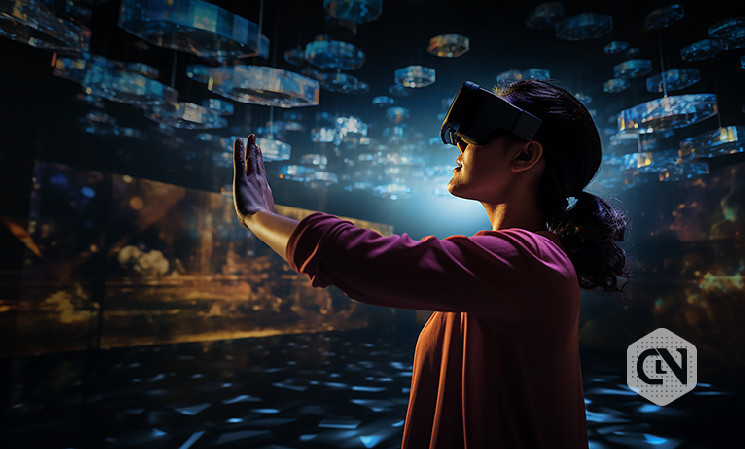As per Vitalik Buterin, one of the persons responsible for Ethereum, for an open metaverse, the requirement is to bring together multiple factors, akin to how RACA is building with USM. There is an amalgamation of separate technologies to offer individualistic exposure to the community.
Lately, Buterin has been airing his views regarding the path businesses take regarding the metaverse. In his opinion, the initial plan behind the expansion of virtual reality has deviated.
As with Buterin, the RACA ecosystem, too, has been encouraging an open and community-developed metaverse that helps expand Web3 and unleashes users’ total creativeness and inventiveness, knowing no boundaries whatsoever.
In Buterin’s viewpoint, for the metaverse to be effective, it is necessary to combine multiple segments related to virtual space, such as crypto actives, virtual reality, and certain segments of AI.
USM has forged various collaborations with DeFi protocols, universities, and artists to build a one-of-its-kind linked exposure that incorporates segments pertaining to the real world within the virtual space. Also included is broadening one’s imagination with avatars, tools, and various products.
RACA provides services for the Web3 framework. It is supported by Consensys Mesh’s Tachyon accelerator, OKX Blockdream Ventures, and DWF Labs. RACA was first presented as a bidding token with the Maye Musk NFT and later developed into a robust Web3 gaming platform.
AI apps and games can be found on the RACA token, which is the USM standard token. It was initiated by Elon Musk’s mother and the Koda NFT community.
 cryptonewsz.com
cryptonewsz.com
